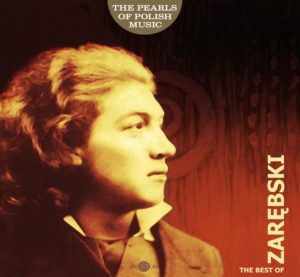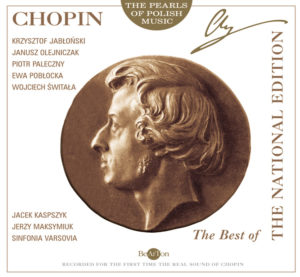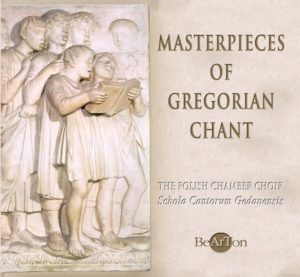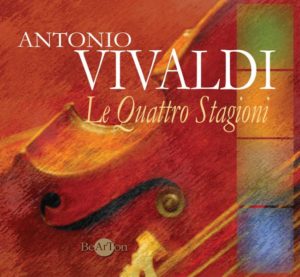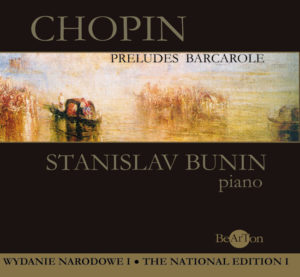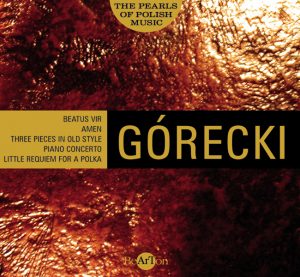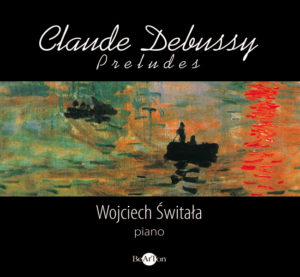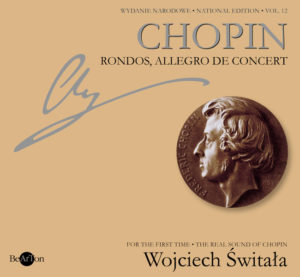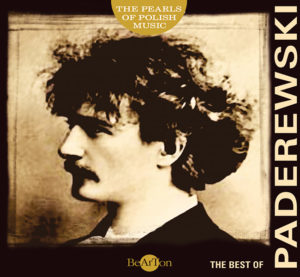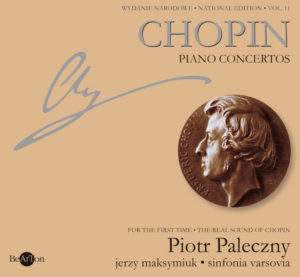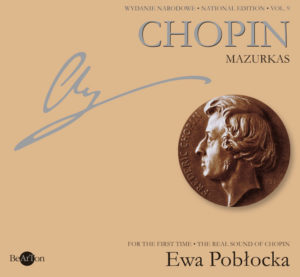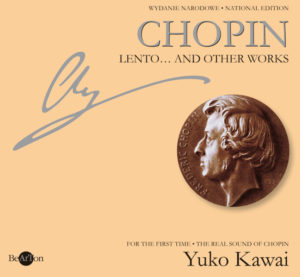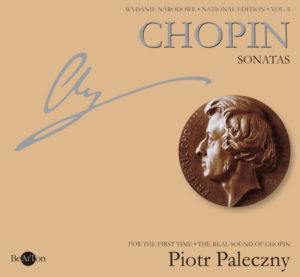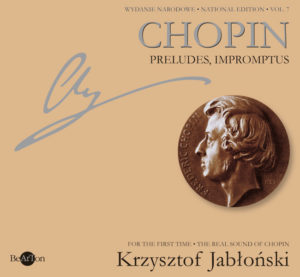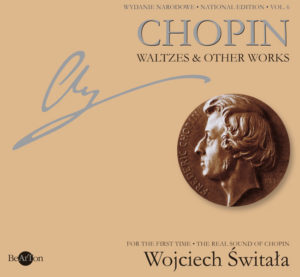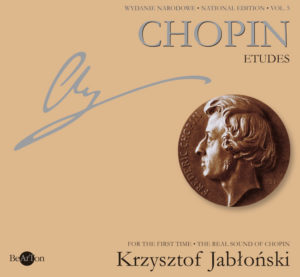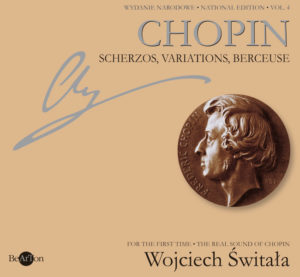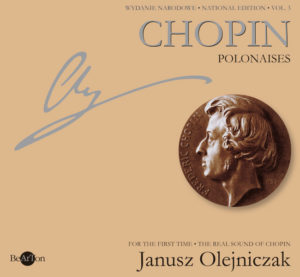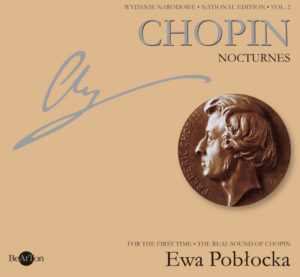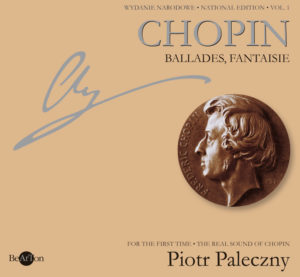The Best of Zarębski
The Best of Zarębski
Cat. No. CDB036
Music disc: SACD
Composer:
![Juliusz Zarębski [1854-1885]](https://bearton.pl/wp-content/uploads/J-Zarebski-kompozytor.jpg)
Juliusz Zarębski [1854-1885]
Performers:
Wojciech Świtała – piano
Royal String Quartet
Disc content:
Piano Quintet Op.34
- I – Allegro – 6’39”
- II- Adagio – 10’07”
- III- Scherzo. Presto – 5’39”
- IV – Finale. Presto – 8’39”
Roses and Thorns Op.13 (Les roses et les épines)
- I – Andante con moto – 4’51”
- II – Presto con fuoco – 2’16”
- III – Andante con moto – 2’58”
- IV – Allegro molto – 2’54”
- V – Allegro moderato – 3″42
- Grande Polonaise op. 6 – 9’58
Total time – 61’16”
Prizes:
Listen a part
51.99złAdd to basket
© ℗ 2006 Bearton
JULIUSZ ZARĘBSKI – AN OUTSTANDING IF UNKNOWN COMPOSER
In any talk about 19th-century Polish music two names inevitably crop up: Fryderyk Chopin and Stanisław Moniuszko. Adding a third name into the picture, that of Juliusz Zarębski, all too often provokes astonishment and sometimes even consternation. The fact that Poland boasted such an outstanding composer and pianist, a cosmopolitan artist who studied with Liszt and a citizen of Europe, who followed, in a certain sense, the path of Chopin is not present in the public consciousness. This despite the fact that the high artistic merit of his musical output earned him the top place among Polish composers of the post-Chopin period. Zarębski indeed represented innovative concepts of European calibre which appeared in Polish music in the second half of the 19th century. It was Zarębski’s highly original oeuvre that served as a bridge of continuity between Chopin and the achievements of Mieczysław Karłowicz and Karol Szymanowski at the start of the 20th century, composers who, like Zarębski, drew on the contemporary trends in European music of their time.
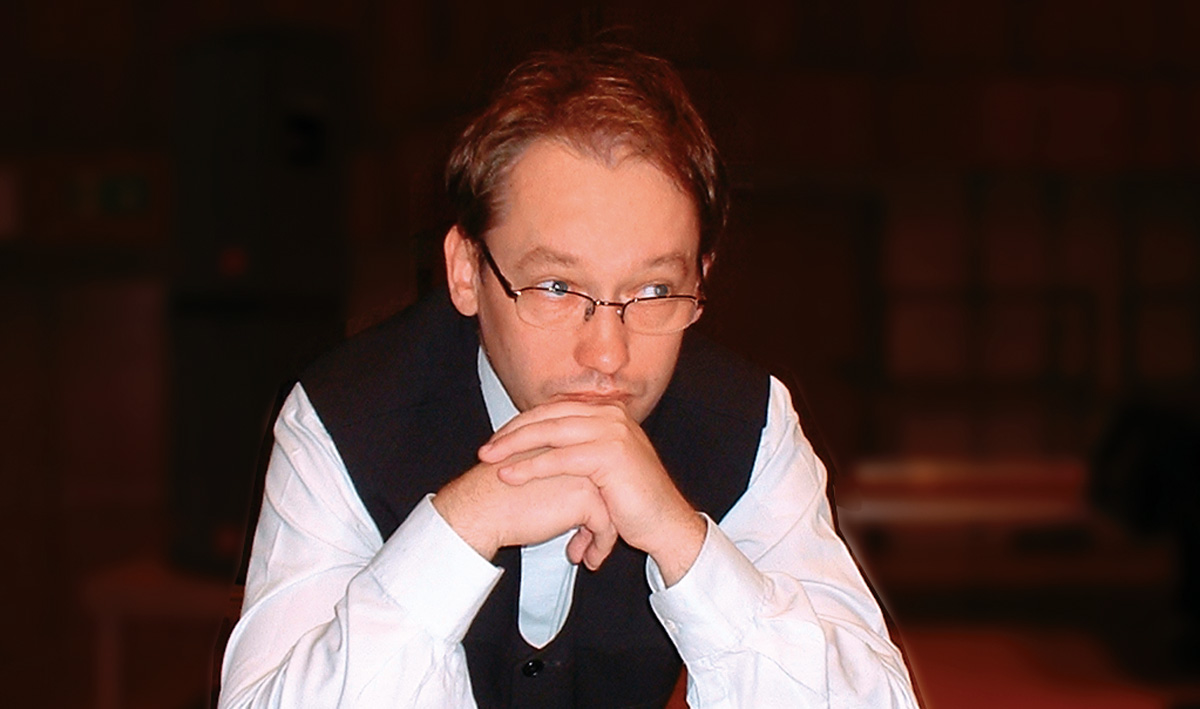
Wojciech Świtała
The prominent Polish musicologist Zdzisław Jachimecki wrote that Zarębski’s numerous piano compositions are a continuation of Chopin’s style in terms of instrumental technique and the character of harmonic writing. The young composer, however, also developed the kind of devices that constitute the foundation of present-day French music; he sensed the exotic character of Debussy’s whole-tone scale and his harmonies based on that scale. With his compositional concepts Zarębski indeed was ahead of his time. The trail-blazing nature of his technique was also praised by another outstanding authority on music, Józef W. Reiss. He wrote: Juliusz Zarębski’s compositions contributed so many new elements to music and on account of the boldness of technique were so much ahead of their time, not only in our country but on a broader European scene, that they could not have won instant popularity. […] A Romantic by nature, Juliusz Zarębski became a representative of radicalism in music. […] Zarębski employed techniques which were to be introduced into music by French impressionists, notably Claude Debussy.
A virtuoso pianist himself, Zarębski composed mainly for the piano. The three works on this CD are very representative for this piano output.

Royal String Quartet
Grande Polonaise in F sharp major Op. 6., dedicated to Liszt, is one of Zarębski’s best known and most popular pieces. It is meticulously crafted and renowned for its refined sound world, a sense drama marked by mounting dynamics and expression, as well as evident references to the style of Chopin and Liszt. Often likened to Liszt’s Polonaise in E major and to Chopin’s Polonaise in A flat major, Zarębski’s work indeed exhibits many links and similarities with both of these pieces. First of all, this concerns the formal features stemming from the tradition of the genre. Like the two polonaises by Liszt and Chopin, the Grande Polonaise in F sharp major follows a three-movement ABA’ pattern, in which the central movement, a trio, is contrasted with the outer movements. All the three works have an introduction. The type of thematic and motivic material used by Zarębski is proof that he drew extensively on Liszt and Chopin. In terms of expression, the three polonaises also have much in common, their mood being lofty and serious, while their brilliant virtuoso technique makes them ideally suited to concert performance. All in all, the Grande Polonaise shows Zarębski as the continuator of Chopin and Liszt, his work being an individual synthesis of the stylistic devices typical of these two great composers.
Roses and Thorns Op. 13 (original title Les Roses et les Épines] is among Zarębski’s showcase compositions and his most important creative achievements. It is a cycle of five piano miniatures. The roses and thorns of the title do not refer to any extra-musical content but to the general truth about the experience of love in which moments of disappointment and doubt usually occur alongside moments of sensuous rapture. The subtitle Cinq improvisations underlines the character of poetic transience of these atmospheric pieces which communicate the dynamic nature of feelings by means of highly refined devices. The inner cohesion of the work is achieved through the use of original tonality and harmonies, as well as the principle of expressive contrast in juxtaposing the work’s successive parts. Throughout the whole cycle, the composer gives prominence to timbre, to which other elements, including dynamics and articulation, are subordinated. Several original timbral ideas, meticulously planned and executed, testify to Zarębski’s mastery in differentiating sound and evoking a diverse palette of moods and colours. Roses and Thorns anticipates musical impressionism.
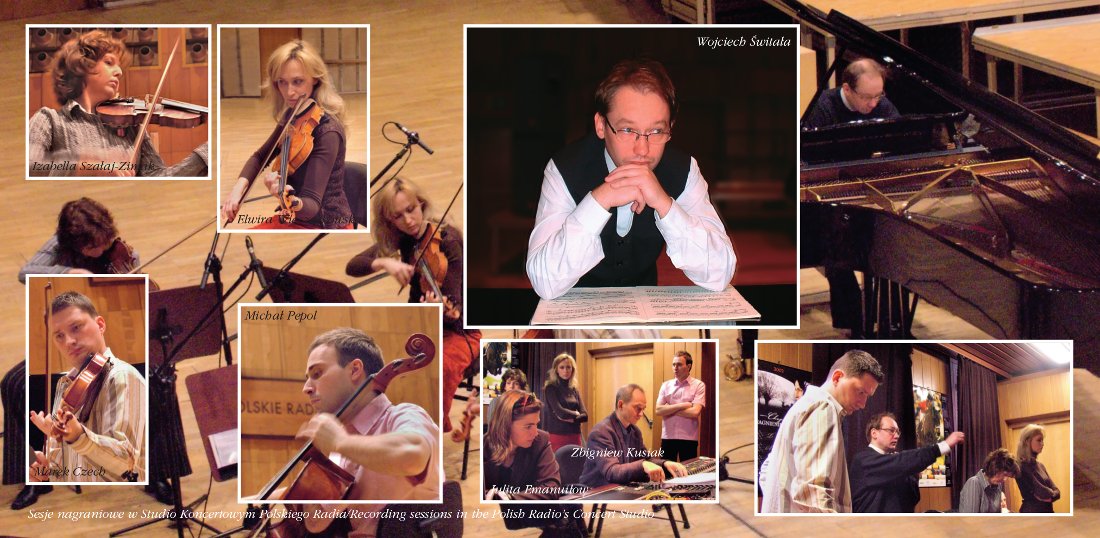
Recording session
The Piano Quintet in G minor Op. 34 (1885) is universally hailed as the work of a master. It is scored as a traditional four-movement sonata form, freely elaborated in its details. The first movement, with its loosely treated form of a sonata allegro, is based on a distinctly folk-rooted theme, whose character is highlighted by the Lydian scale and the austerity of harmonic consonances. The movement is rounded off with a stunning fugato. The second movement – Adagio – is a tripartite structure. Its main theme and interlude refer ‘integrally’ to the second theme of the first movement. The third movement – Scherzo – is based on strong contrasts, The Finale is a freely-elaborated rondo, which is a kind of synthesis of the material used throughout the work, stressing its formal and integral cohesion.
Written towards the end of Zarębski’s life, the Quintet is an example of the composer’s original musical idiom at the height of its development. It was an avantgarde idiom for its time, one which anticipated the impressionistic style. The individualized melodic line, rich harmonies, peculiar rhythm, original form and the subordination of craftsmanship to deeper emotional content fully justify placing Zarębski’s last major work among the most valuable compositions of chamber music of the second half of the 19th century not only in Poland but in a pan-European context.
Marek Wieroński
Recenzje
Świtała i Royal String Quartet dostrzegli w “Kwintecie” romantyzm bliższy estetyce Bramsa – szlachetnie wyważony, podpartyznakomitym warsztatem polifonicznym – niż Liszta ….Chwała im za to – Zarębski był uczniem , lecz nie naśladowcą Liszta, był też twórcą poszukującym własnej drogi rozwoju. Skrzypaczki I. Szałaj- Zimak i E. Przybyłowska melodie tematów ..prowadzą z zachwycającą prostotą, pięknym dżwiękiem iw najprawdziwszym duchu romantycznym. Altowiolista M. Czech i wiolonczelista M. Pepol tworzą znimi zespół nadzwyczaj jednorodny , znakomicie zestrojony iświetnie dopasowany do fortepianu. . Kody części skrajnych są porywające…Początek …najbardziej awangardowej części [ Scherza ] ..oraz młynek oparty na nucie burdonowej …brzmią znakomicie. Zarębski jawi się w tej interpretacji jako artysta natchniony.
Podobnie znakomite wrażenie robią ” Róże i ciernie ” w wykonaniu Świtały . Ten wirtuoz doskonale radzi sobie zarówno z fakturami złożonymi , wielowarstwowymi, jak błyskotliwymi biegnikami – sugeruje, iż od Zarębskiego już tylko krok do muzyki Debussy`ego i Ravela … W drugim utworze… tworzy nastrój prawdziwie ognisty , zaś szybkimi zmianami dynamicznymi zbliża się do…”Le gibet “Ravela , w czwartym …po mistrzowsku łączy figuracyjne koronki z dyscypliną rytmiczną….” Polonez Fis-dur” w jego wykonaniu jest…dostojny i patetyczny…., ale zawarty w nim dramat po delikatnym i poetyckim początku buduje Świtała bardzo konsekwentnie , kodę zaś rozświetla wurtuozowskim blaskiem . Płyta BeArTonu ukazuje wszystkie bodaj walory muzyki Zarębskiego …
Trwa doskonała passa Juliusza Zarębskiego…Od pierwszych taktów Kwintetu fortepianowego słychać, że muzycy Royal String Quartet i Wojciech Świtała zyupełnie inaczej rozumieją tę muzykę….. Partia fortepianu realizowana w sposób niezwykle wyrazisty , pełni tu rolę … precyzyjnej podstawy harmonicznej – stałego fundamentu na którym opiera się kompozycja …. Brzmienie smyczków to przede wszystkim spójność i precyzja ,ale także przepiękne , rozwibrowane i śpiewne frazy….. gra muzyków jest pełna skrajnych emocji i ekstatycznych uniesień….
Kreację jaką stworzył Wojciech Świtała w “Różąch i cierniach” oraz w “wielkim Polonezie” zasługuje na słowa najwyższego uznania. Zmiany dynamiki, tempa, barwy odbywają się tu w ułamku sekundy i z niewiarygodną precyzją…
Most countries have a list of composers who fell into relative obscurity, often for the simple reason that their work was simply not good enough to survive. This has been particularly true for composer-virtuosos, whose compositions are often shallow display vehicles. Here is an exception: Poland’s Juliusz Zarebski wrote late Romantic works of world class, but is poorly-known even in his own country.Zarebski was born in 1854. He studied in Vienna and St Petersburg, became a favourite pupil of Liszt, developed a considerable concert career of his own, then was appointed Professor of Piano at the Brussels Conservatory. He died of tuberculosis in September 1885, only 31 years old; his promising career as a composer abruptly terminated. […]
The Grande Polonaise Op. 6 provides a good example of Zarebski’s concert works. It begins quietly and unassumedly before easing into the Chopin polonaise model, with ribbons of delicate roulades ornamenting the main dance theme. This impressionistic and colouristic music then goes beyond Chopin and becomes a Polish Rhapsody, full of virtuoso pianistic fireworks, which Wojciech Switala fires off with great aplomb.
Zarebski’s Piano Quintet has been a stunning discovery for me, and the disc keeps finding its way back into my player. This piece alone more than deserves its place in the chamber music canon, and the piano music should be better known too, although it takes pianists of considerable skill to play it.

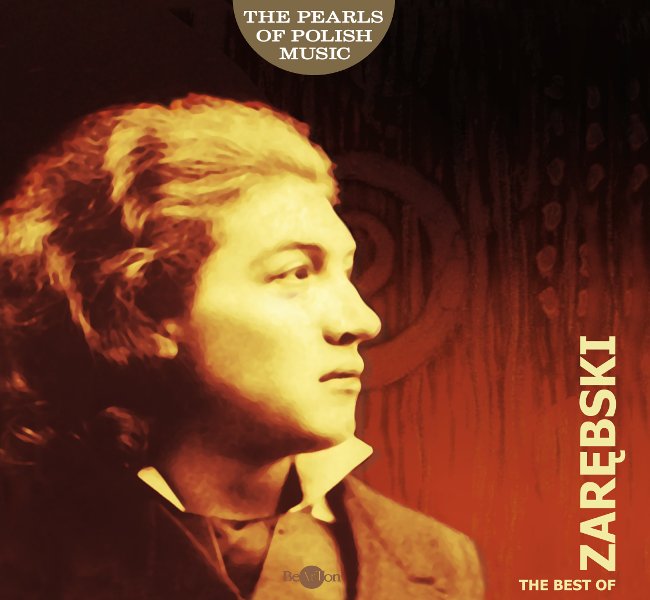





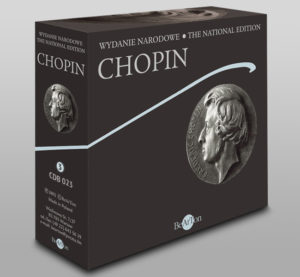
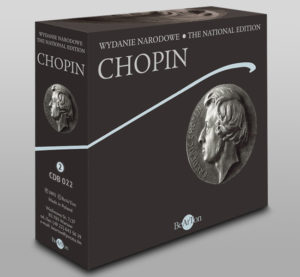
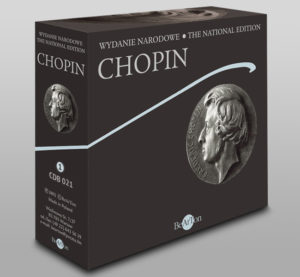
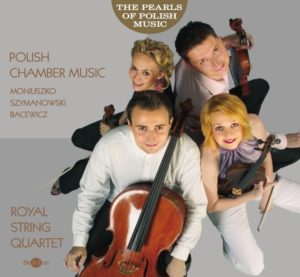
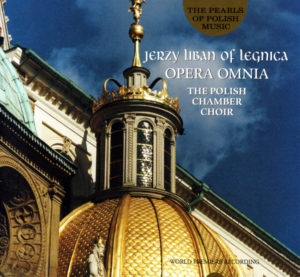
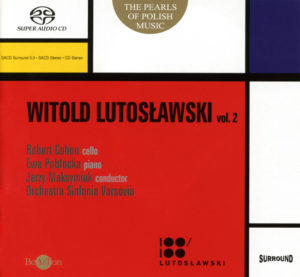
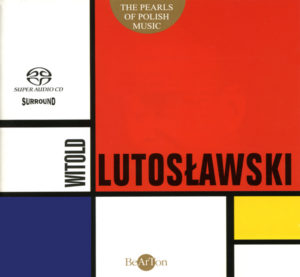
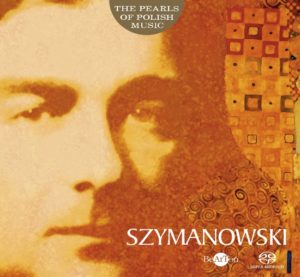
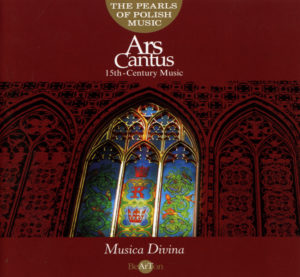
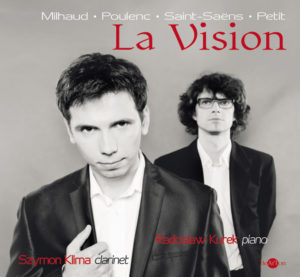
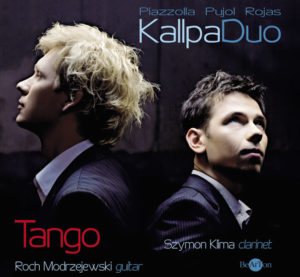
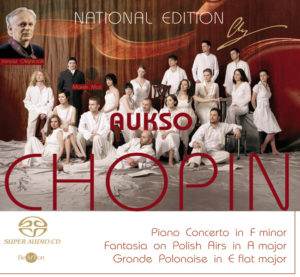
![Chopin – Walce [B] i inne utwory CDB047](https://www.bearton.pl/wp-content/uploads/Chopin-Walce-B-i-inne-utwory-CDB047-A-300x277.jpg)
![Chopin – Pieśni [B] CDB046](https://www.bearton.pl/wp-content/uploads/Chopin-Piesni-CDB046-A-300x277.jpg)
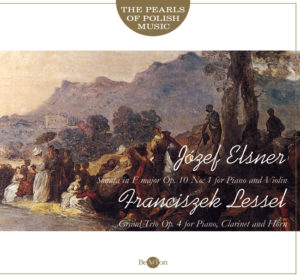

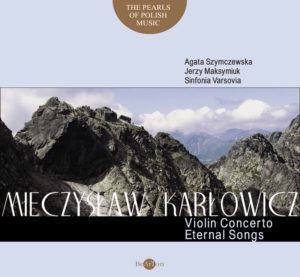
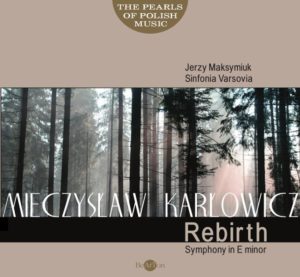
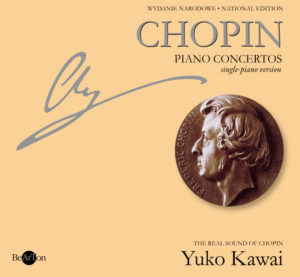
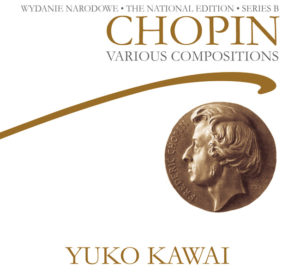
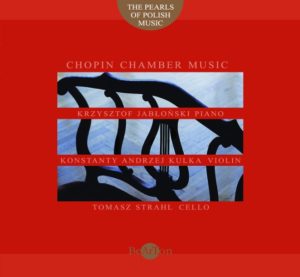
![Chopin - Mazurki i inne utwory [B] CDB038](https://www.bearton.pl/wp-content/uploads/Chopin-Mazurki-i-inne-utwory-B-CDB038-A-300x277.jpg)
![Chopin – Polonezy [B] CDB037](https://www.bearton.pl/wp-content/uploads/Chopin-Polonezy-B-CDB037-A-300x277.jpg)
